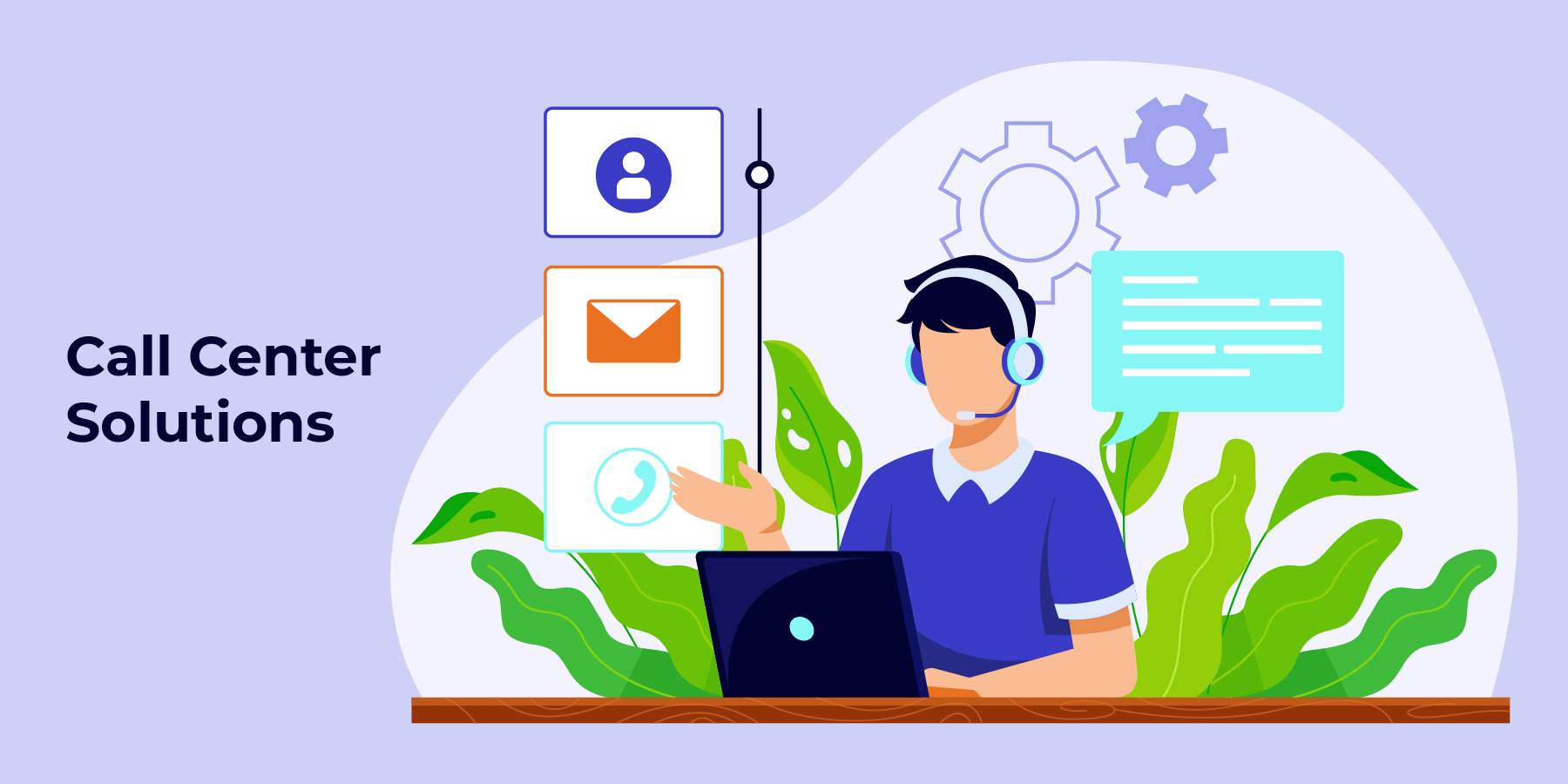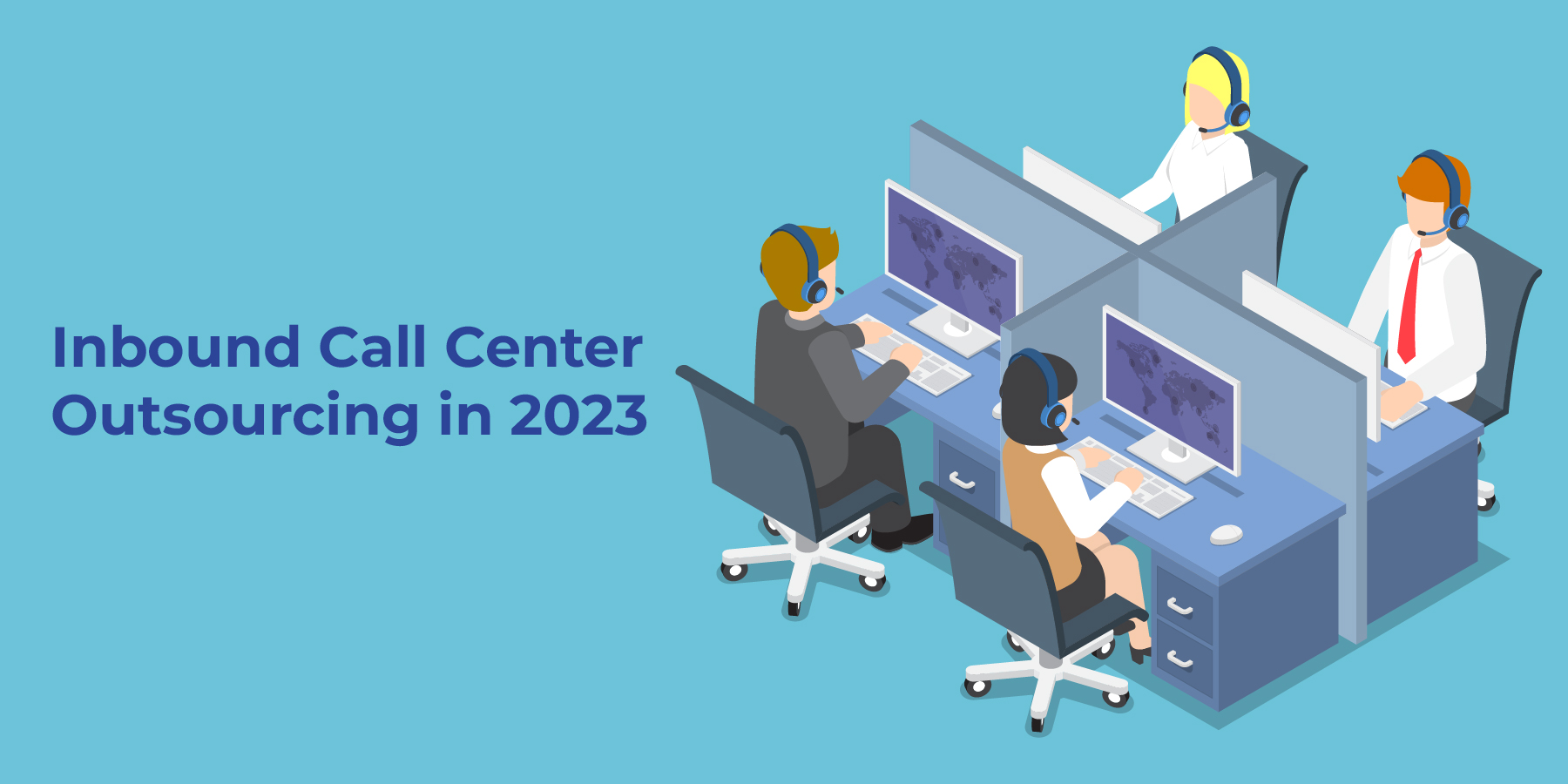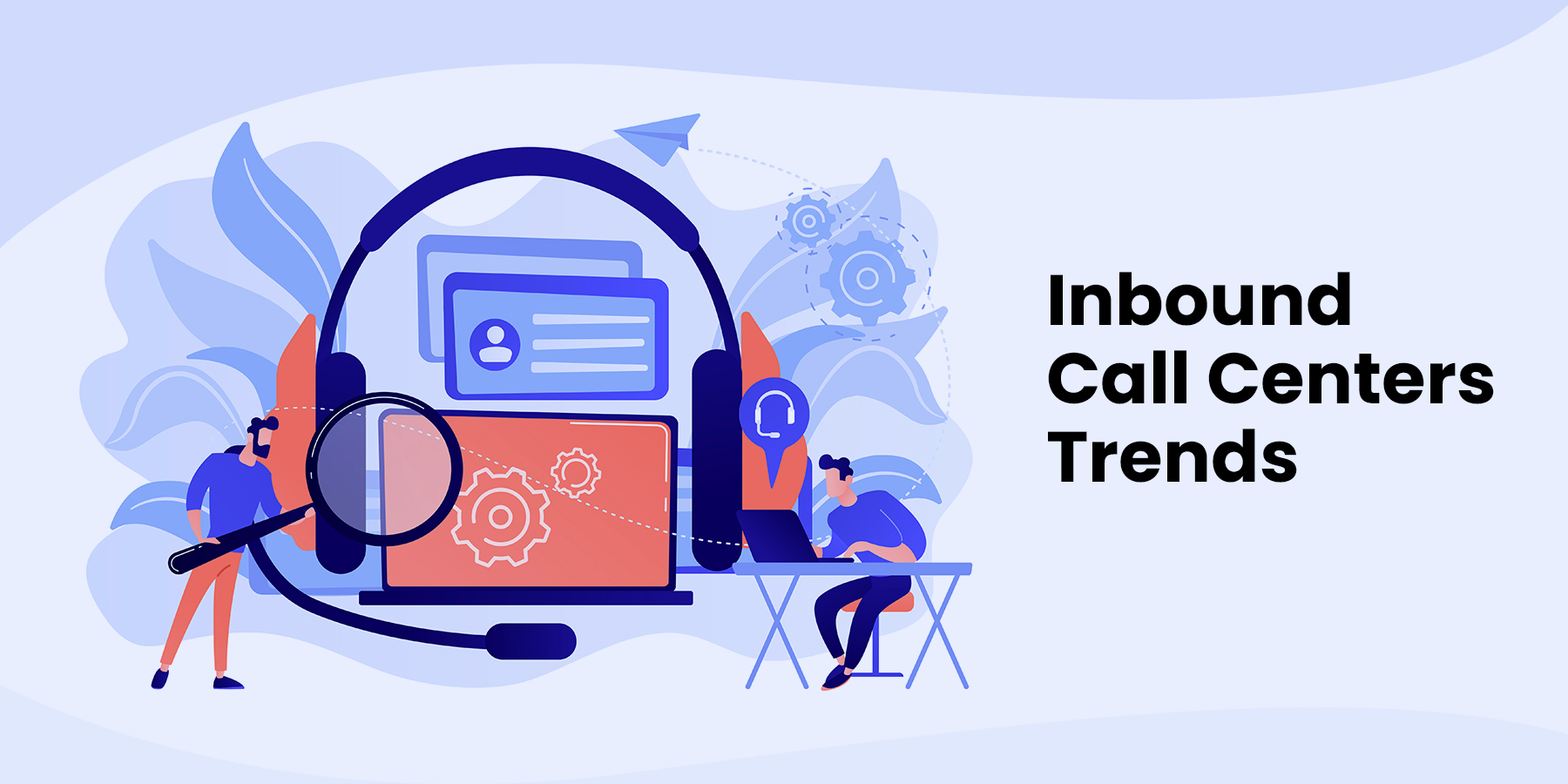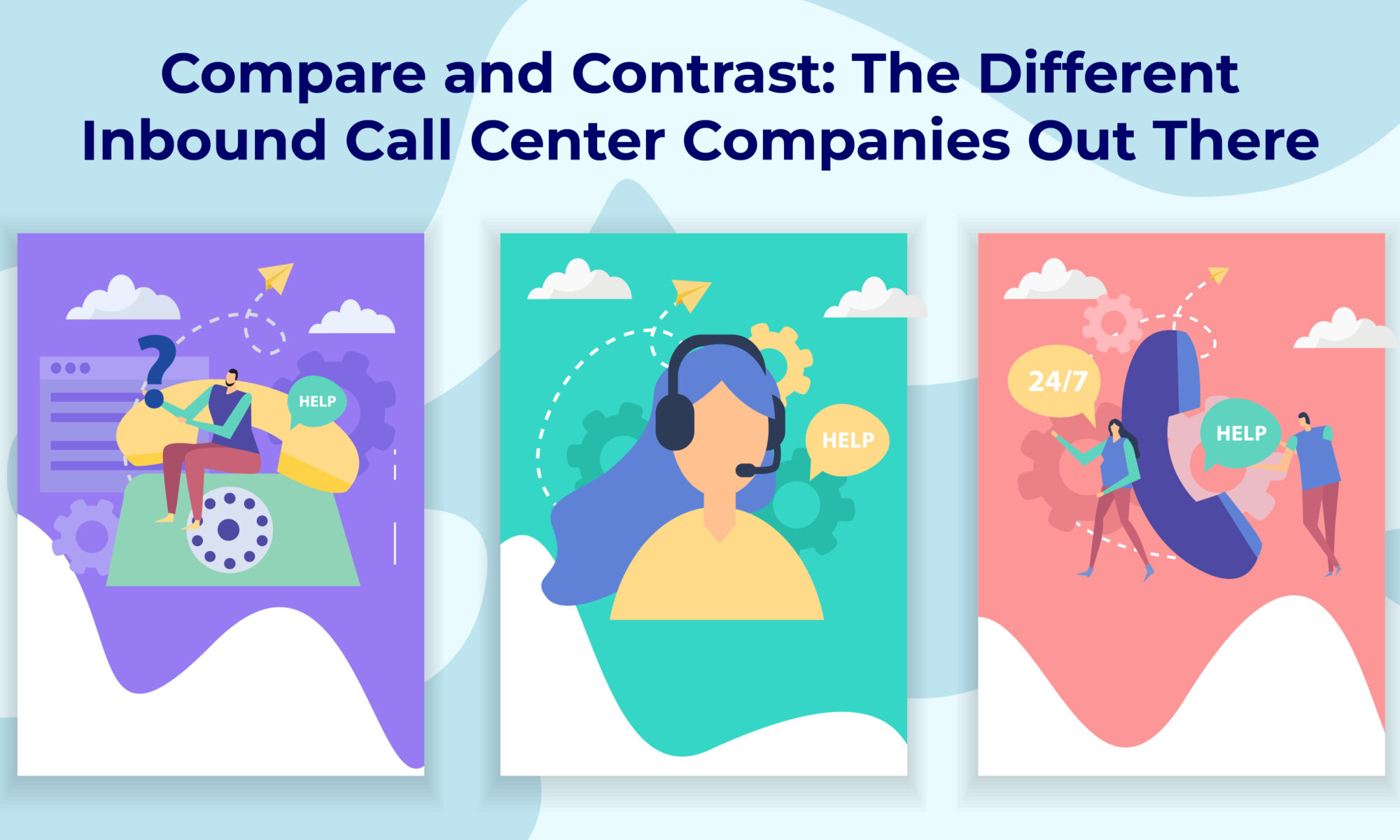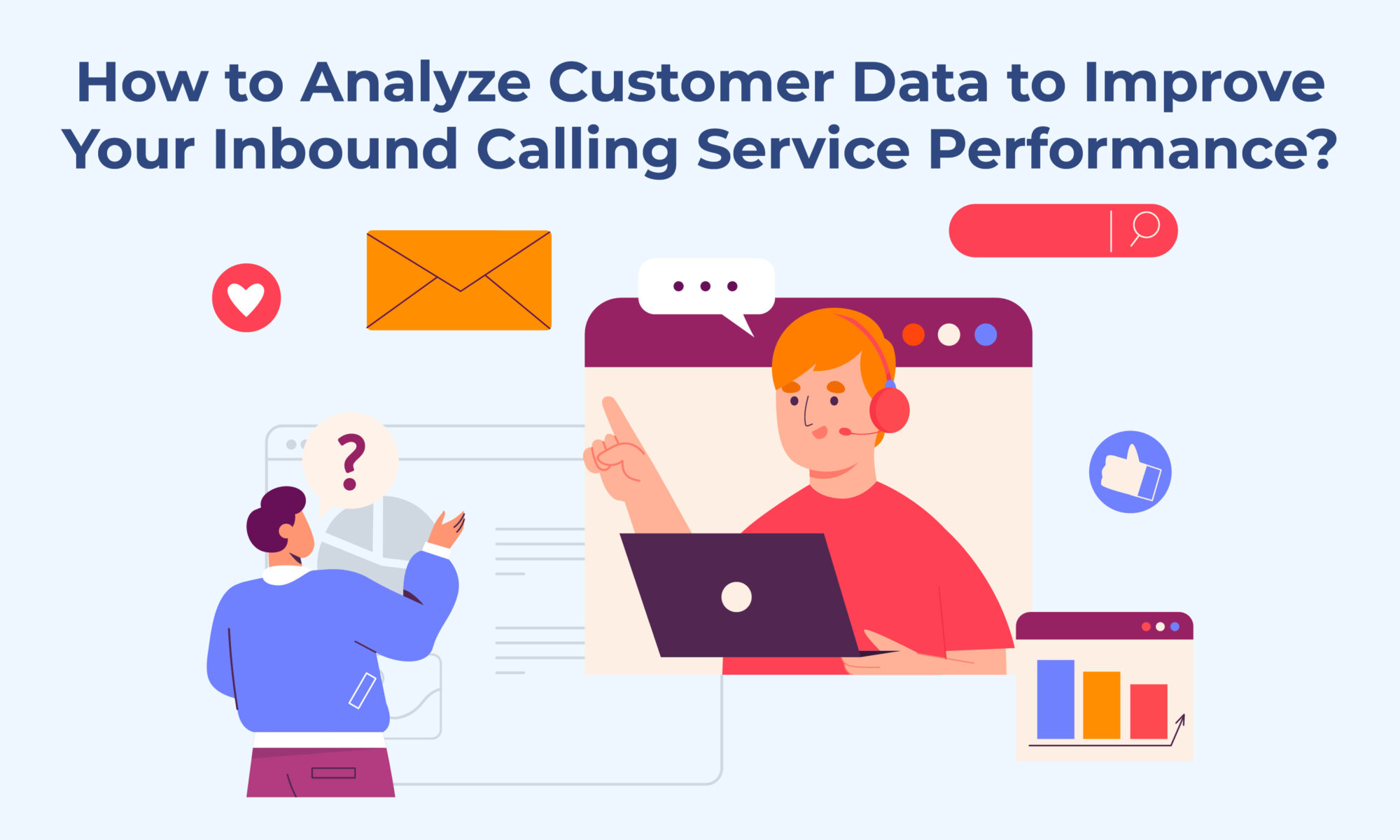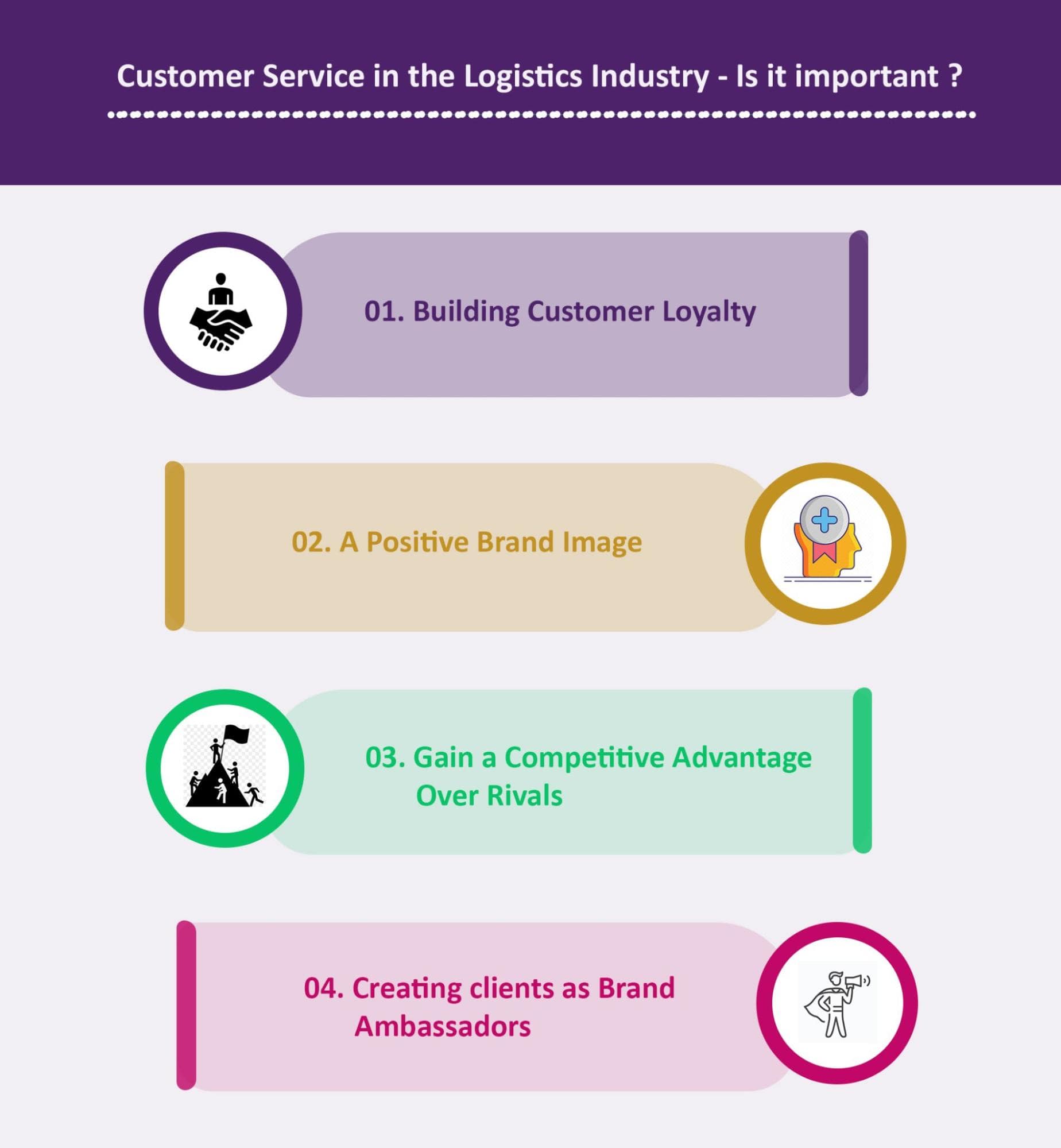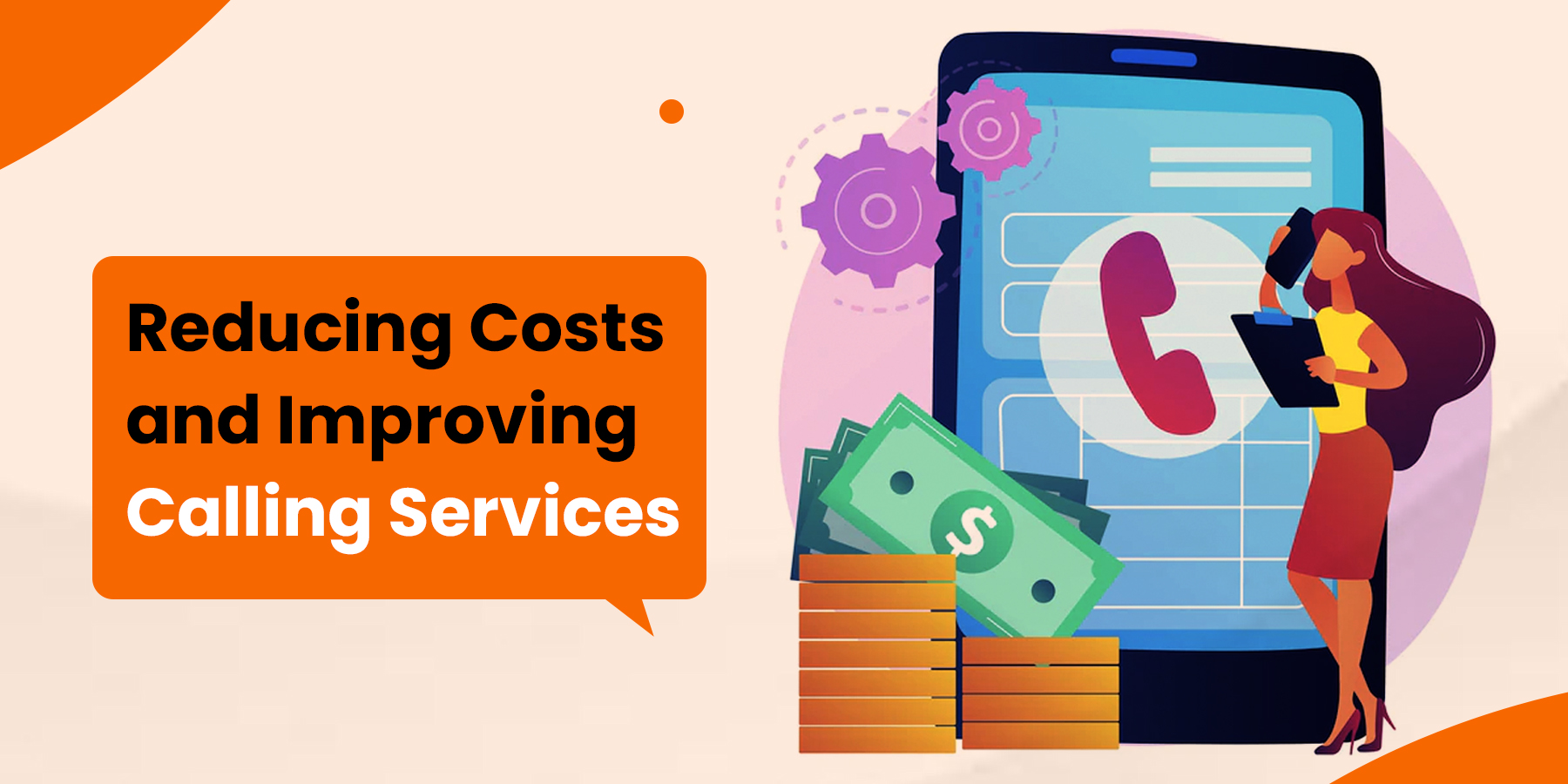Inbound call center solutions depend on how well the customer experience (CX) is always changing. As a professional in the field, I've seen and been a part of the huge shift toward self-service platforms that give customers more power while making processes run more smoothly.
This article talks about how to add and grow CX self-service to inbound call center services to make customers happier and improve operational efficiency.
Table of Contents
The Role of Self-Service in Modern Inbound Call Centers
Self-service is becoming an important part of how inbound customer service interacts with customers. It's meant to give customers the tools they need to solve their own issues without having to talk to a customer service agent (CSR). Here's why this change is important:
- Customer Empowerment: Self-service options empower customers by giving them control over their service interaction.
- Operational Efficiency: By reducing the volume of routine inquiries handled by CSRs, companies can allocate resources to more complex issues, enhancing overall service quality.
- Availability: Self-service platforms operate 24/7, providing constant assistance without needing human presence.
These benefits show how important self-service systems are in today's businesses and show how service models are changing to be more self-sufficient, efficient, and focused on customers.
Expanding Self-Service Options: Strategies and Benefits
There are a number of successful ways for inbound call center companies to add more self-service options. These improvements not only make customers happier, but they also make operations run more smoothly:
1. Comprehensive Knowledge Bases
When a customer calls, a well-organized knowledge base can quickly answer typical questions and be the first point of contact for help. Here's how to create a large information base that will help you.
- Implementation: Develop an extensive online knowledge base that covers frequent customer inquiries and provides detailed solutions.
- Benefits: Reduces the need for customer calls and emails by providing answers to common questions, thereby enhancing customer autonomy and satisfaction.
2. Automated Interactive Voice Response (IVR) Systems
Automated IVR systems are a key part of modernizing call centers because they make conversations with customers go more smoothly without any help from a person. We'll talk about how to set up these methods and their benefits below.
- Implementation: Utilize sophisticated IVR systems that can handle a variety of customer needs through voice commands or keypad inputs.
- Benefits: It streamlines call management, directs customers to the appropriate resources, and reduces wait times and the workload on human agents.
3. AI-Driven Chatbots
AI-powered chatbots are the next big thing in inbound customer service. They can connect with customers automatically but in a way that feels personal. Let's look at how these chatbots can help your service plan and what they can do for you.
- Implementation: Deploy AI chatbots on your website and mobile platforms to answer queries, guide users through troubleshooting steps, and escalate issues when necessary.
- Benefits: Offers real-time interaction capabilities, mimicking human conversation and improving the responsiveness of customer service.
Integrating Self-Service Into the Customer Journey
For service delivery to go smoothly, self-service technologies must be built into the customer process. In this step, you need to know the customer's journey from the first touch to the resolution of the problem. These are the most important steps in integrating:
- Customer Onboarding: As part of the onboarding process, teach customers about the self-service choices that are available and how to use them.
- Feedback Loops: Implement mechanisms for customers to provide feedback on their self-service experience, enabling continuous improvement.
- Omnichannel Support: Ensure self-service options are integrated across all platforms (web, mobile, social media) for a cohesive user experience.
Challenges and Solutions in Self-Service Implementation
While the benefits of expanding CX self-service are clear, several challenges can arise:
- User Adoption: Customers who are used to traditional services might not want to use new technologies.
Solution: Increase awareness and ease of use through customer education and intuitive design.
- Complexity of Issues: Some issues may need to be simplified for self-service platforms.
Solution: Ensure seamless escalation to human agents when automated systems reach their limits.
Measuring the Impact of Self-Service on Customer Satisfaction
To find out how well self-service improvements in a customer call center work, you need to look at a few key metrics:
- First Contact Resolution (FCR): Track the rate at which customer issues are resolved on the first interaction with the self-service system.
- Customer Satisfaction Score (CSAT): Use surveys to measure customers' satisfaction with the self-service experience.
- Usage Rates: Monitor how frequently customers utilize self-service options compared to live agent support.
These metrics help make strategies better and make sure that self-service tools really make customers happier.
Key Takeaways
As we wrap up our discussion on enhancing CX self-service in inbound call center solutions, here are three essential insights:
- Empower with Information: Customers can solve their own problems with the help of comprehensive knowledge bases, which increases customer happiness and efficiency.
- Streamline with Automation: Using automatic IVRs and chatbots that are run by AI can help handle calls better and cut down on wait times.
- Enhance Engagement with AI: AI chatbots can interact with people in real time and in a personalized way. They are good at a lot of different types of customer service jobs.
Leave your thoughts in the comments to keep the discussion going. Follow us on Facebook and Linkedin to get more news and ideas. Join our group to find out about the newest trends in customer service.














